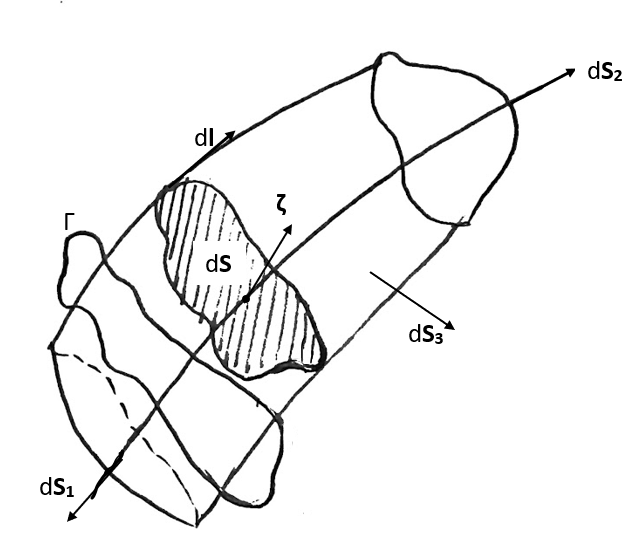Objective Questions
Objective Questions
- Velocity components in x and y directions are given by \(u=ay\) and \(v=bx\) for a potential flow. In this flow, the streamlines represent:
- Superposition of the stream functions of a uniform flow and a line source in a potential flow generates a dividing streamline called as ____
- For a flow, if the potential function is given by \(\phi = k\theta\), where \(k\) is an arbitrary constant. The stream function of the flow will be given by
- Since the curl of the gradient of a scalar is always vanished and thus for a fluid flow the velocity field can be represented as the gradient of a scalar function \(\phi\) known as the velocity potential \(u = \nabla \phi\). Which of the following is TRUE?
- The length and radius of the line source are 50 and 5 mm, respectively. For the line source, if the radial velocity is \(5\,m/s\) the volume flow rate will be
- For a two-dimensional irrotational flow, which of the following relation is correct?
- The inherent feature of the free vortex flow streamlines is
- The characteristic of ideal fluid flow will not be satisfied by
- The stream function (\(\psi\)) for a doublet flow is given by
- The solutions of the Laplace’s equation are termed as
- Given an arbitrary function (which is smooth enough) \(\phi(x,y)\) and the associated velocity vector field \(\bar{U} = \nabla \phi\). The velocity field:
- Given two potentials \(\phi_1\) and \(\phi_2\), and the associated velocity vector fields, \(\bar{U}_1 = \nabla \phi_1\) and \(\bar{U}_2 = \nabla \phi_2\), we add the potentials to find a new potential \(\phi_3 = \phi_1 + \phi_2\). Assuming an inviscid, incompressible flow:
- In a 2D incompressible, inviscid flow with a uniform freestream, which of the following is true regarding drag over the bodies? (c - cylinder, a - airfoil)
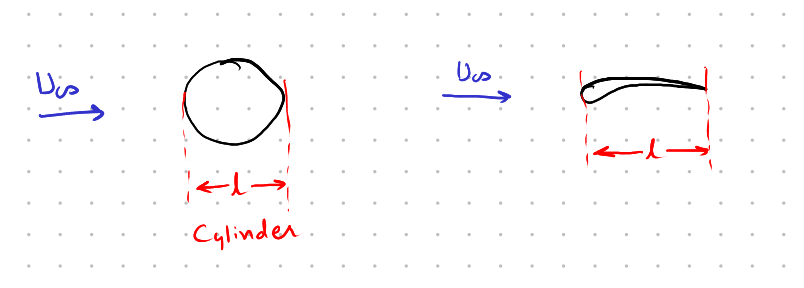
- Assuming 2D, incompressible, steady potential flow around an airfoil, which is true:
- Which of the lines are not from the thin airfoil theory in the following diagram? ANSWER TO BE SET.
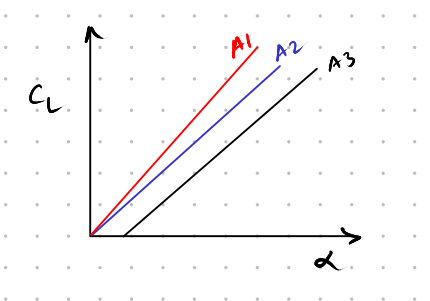
- According to thin airfoil theory for a cambered airfoil, which is true:
- It is known that the \(C_L-\alpha\) plot for airfoil A1 is calculated using thin airfoil theory. Identify all the correct statements. ANSWER TO BE GIVEN.
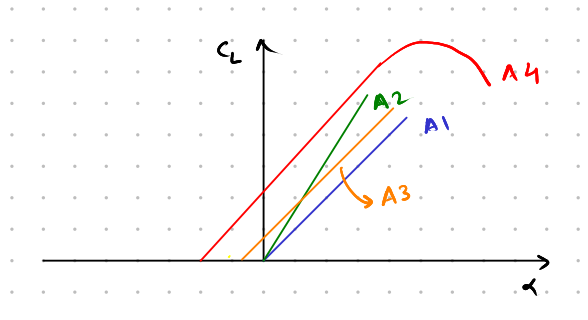
- Which is most likely true:
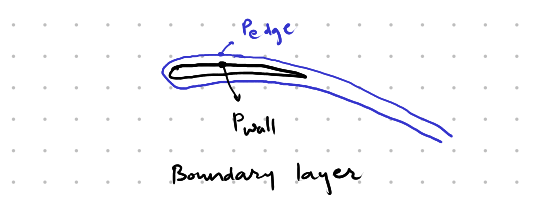
- Consider the motion of two fluid elements:
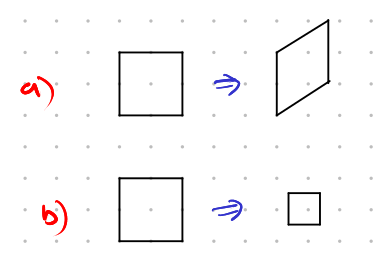
- Which of these fluid element motions could be from an incompressible flow:
- An irrotational flow is always incompressible.
- Coefficient of friction (\(C_f\)) for laminar boundary layer is smaller than the turbulent boundary layer.
- Aircraft are flying in the following formation at low subsonic speeds. Only consider the vorticity generated by aircraft A.
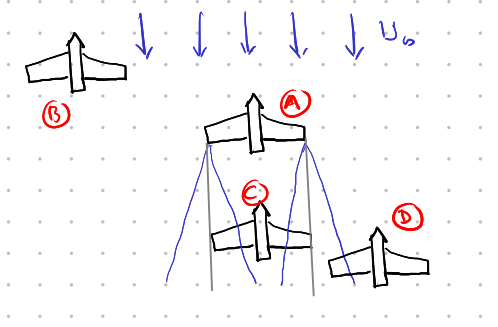
- For an asymmetric airfoil, thin airfoil theory states that
- If two rectilinear vortices (pointing in different directions) cross each other at a point
- For a 3D incompressible flow, which is true:
- Vorticity on a rectilinear line vortex is
- Vorticity is well defined at every point in a vortex sheet
- Parasite Drag =
- Sectional lift (2D \(L'\)) is constant along the span of an elliptical wing
- For the coefficient of induced drag (\(C_{D_i}\)) of a wing, which of the following statement is true? \(\alpha\) denotes the wing angle of attack.
- For a symmetric airfoil modelled using thin airfoil theory, location of aerodynamic center changes with angle of attack.
- Assuming Prandtl’s lifting line in being applied: The span efficiency factor (\(e\)) does not change with angle of attack.
- Kelvin’s circulation theorem is true for:
- Which one among these represents an potential flow?
